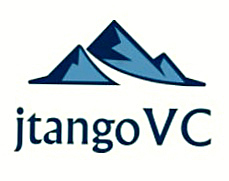I really enjoy Fred Wilson’s blog and read it avidly.
Recently, he wrote about the importance of having enough capital as a VC to invest in multiple rounds, and also, having the guts to lead an inside round in your winners. I completely agree, given the payoff structures that exist for start-ups.
What’s always been true about VC is that you are dealing with “asymmetric outcomes” in a portfolio. It is a hits-driven business whereby a small percentage of your investments generate 90%+ of the gains. (And, this has enormous ramifications for entrepreneurs, as I explain below.)
So, a symmetric investment approach really doesn’t work when the outcomes are asymmetric; for example, investing in just one round only can lead to a good multiple on the money invested in that one particular company, but it won’t move the needle on a fund.
Moreover, what’s very challenging in VC is that it often takes a long time before you know if a company is going to be a winner. So, in the meantime, you use your best judgment to keep supporting companies to a valuation inflection point.
What does this mean for entrepreneurs? I think anything you can do to show your Board that you’re making progress and keeping the burn rate relatively low is key. You can and should up the burn once you have very predictable user acquisition processes and, ideally, monetization. But, before that, you’re still in the “figure it out” mode, and you should try to prolong the runway as much as possible.
Also, what if you already have a winner? We encourage our founders in those cases to keep going. Don’t sell the company. Go public and be a big company. Raise the valuation and sell some of your shares in a secondary to take money off the table if you’re worried about risk, but as much as possible, keep going.
Go public and then establish a currency by which you can buy other companies. Get bigger, and then, if a great offer comes after you’re public, it’s a great situation for you.
But, by then, you will have earned multiple premia on your stock price: a premium from the private markets as your revenues become scalable and predictable, a premium from the public market as you go public, and a premium from an acquirer who buys you (e.g., Trulia just sold recently at 2x their public market cap).
You’re in a game with asymmetric outcomes. Most entrepreneurs get only one true winner in a career. It may be the best horse you ride in your whole career.
So, if you have a winner, keep going!
